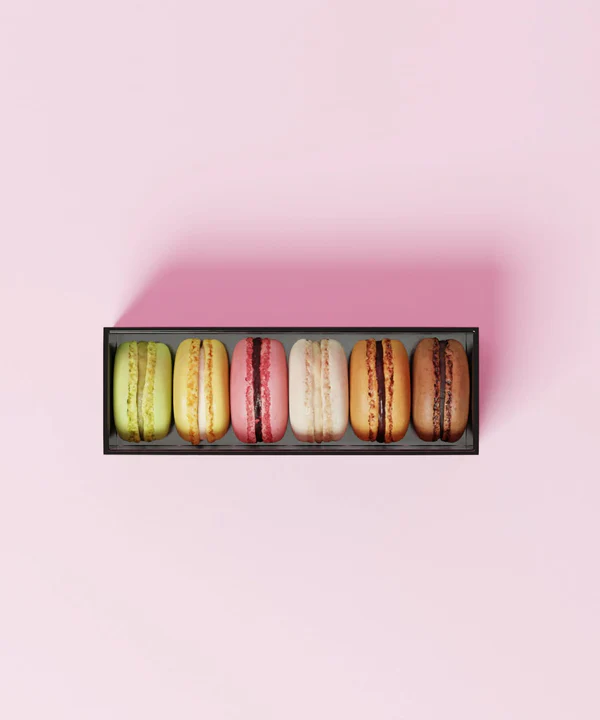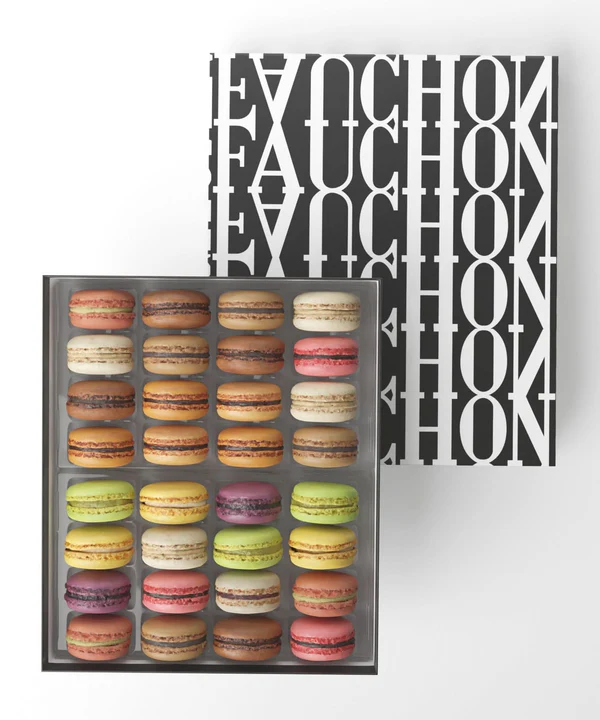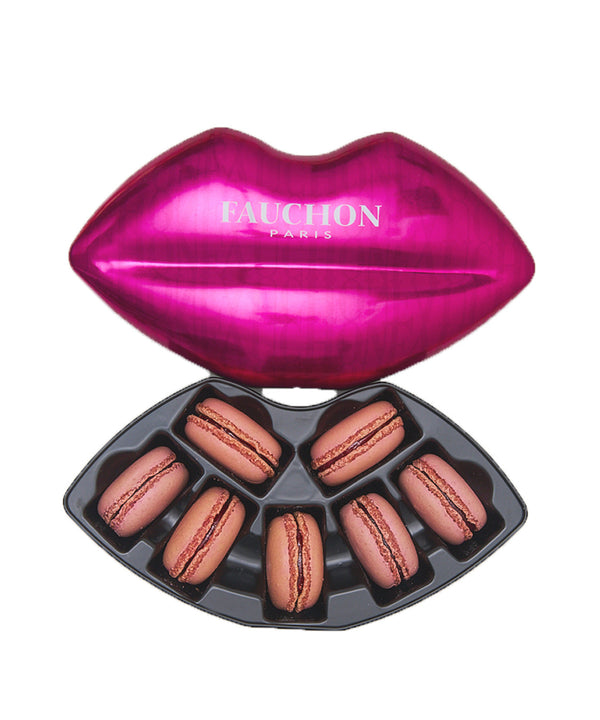What are the origins of the macaron?
A true monument of French pastry, the macaron is today anchored in the country's gastronomic culture and is the emblem of the refinement and know-how of our artisans.
But before becoming what it is today, both in its form and its reputation, the macaron has gone through many stages. We offer you a journey through time to understand the origin of the macaron and learn more about the history of this exceptional delicacy.
The medieval roots of the macaron
Like many other almond-based pastries, the macaron has its origins in the Middle East , where it is believed to have been eaten in the Middle Ages before being discovered by the first European navigators .
If it is difficult to trace its history with certainty, it is because at that time, the word “macaron” also designated a soup . The doubt then hangs over which of the cake or the soup is mentioned in historical writings. What we do know is that it did not yet resemble the macaron that we taste today: in the Middle Ages, the macaron did not have the cake structure - ganache heart - cake, but was simply presented in the form of a small round shell , crunchy and melting at the same time.
Throughout history, given the exponential success of the macaroon, many territories have claimed its creation , without it being possible to really determine which of them is telling the truth.
France and the macaron: the beginning of a great love story
Fortunately, the history of the macaron becomes clearer during the Renaissance , when Catherine de Medici , who came from Italy to marry Henry II, brought this little cake back with her to France. At the time, the small round cake was still called “maccherone” or macaroni . Gradually, the macaron made a name for itself and spread throughout the territory where cities and regions appropriated it.
Over the centuries, we hear about the Macaron d'Amiens , a Picardy specialty made from almonds, sugar, honey and egg white; the Macaron de Joyeuse , a specialty from Ardèche, more crumbly and less dense than its namesake from the North; they are also found in the Basque Country, in Saint-Emilion, Nancy and Montmorillon, to name but a few. Macarons could even boast of having the makings of a royal dish since they were long served by the officers of the mouth - servants in charge of the king's food - at Versailles .
The macaron in literature
The macaron is mentioned in literature by Rabelais in the 16th century who described a “small round almond pastry”, then by Alexandre Dumas in his Grand dictionnaire de cuisine published in 1873. The following recipes can be found there:
“Bitter almond macaroons.
Take 500 grams of bitter almonds that you will grind and dry in the oven, then you will crush them with three egg whites, so that they do not turn to oil, you put them in a terrine with 1 kilo 500 gr. of caster sugar; dress your macaroons as indicated above and put them in the oven at a very moderate heat.
Sweet almond macaroons.
You peel and dry 500 gr. of sweet almonds, as indicated above, you crush them in the same way and follow exactly the same procedures, adding only a grated lemon which you mix with the sugar and the almond, you dress and cook in the same way.
Puffed macaroons with green walnuts.
You peel and cut into fillets 500 g of green walnuts which you mix with 75 g of sugar and a little egg white which you dry in the oven.
Let them cool; prepare the ice cream with two egg whites and 1 kilo of very fine sugar; add the green walnuts and finish the operation as usual.”
The Paris macaron: a centuries-old institution
To trace the origins of the macaron as we know it today, we have to wait until the middle of the 19th century , when pastry chefs from the Paris region had the idea of assembling two halves of the macaron shell together with a creamy heart, the famous ganache . This can be made of jam, buttercream or even compote, and opens the door to completely new recipes.
This is how the “Parisian Macaron” was born, a symbol of French refinement and a testing ground for modern cuisine. After becoming popular in its traditional flavors of chocolate, vanilla, coffee, pistachio, praline or lemon, the macaron now allows itself many fantasies for the greatest pleasure of gourmets: blackcurrant-violet, pistachio-raspberry-red fruits, passion fruit, strawberry-yuzu, chestnut-blackberry…
Discover the macaron in its best light through the recognized expertise of Maison Fauchon.
















